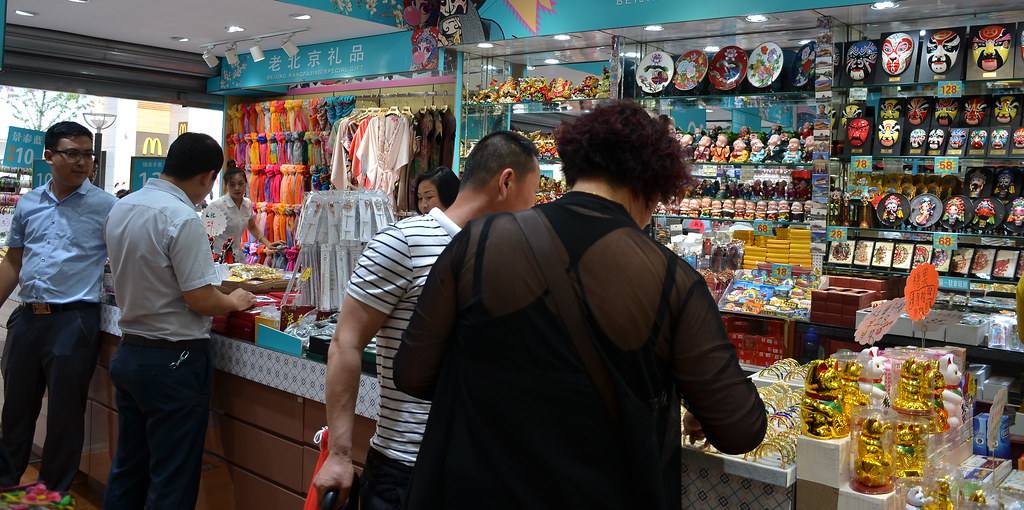Design a Restaurant Interior for a Memorable Dining Experience
A restaurant's interior design plays a crucial role in attracting and retaining customers. Designing a restaurant interior is more than just picking stylish furniture and decor. It's about creating an inviting atmosphere that enhances the dining experience, reflects your brand, and ensures functionality. In this blog post, we'll explore key factors to consider when designing a restaurant interior and how these design elements can benefit your business.

1. Define Your Restaurant's Concept and Brand Identity
Before diving into the design process, it's essential to have a clear understanding of your restaurant's concept and brand identity. This will guide your design choices and ensure a cohesive atmosphere that aligns with your target audience. Consider the following questions:
What kind of experience do you want to create for your customers? Is it casual, upscale, or something in between?
What is your target demographic? What kind of ambiance would appeal to them?
What is your restaurant's unique selling proposition (USP)? How can your interior design highlight your USP? You may read also – How Does a Restaurant POS System Software Work
2. Choose a Color Palette
Colors have the power to ignite feelings and set moods. Choose a color palette that highlights the concept and brand identity of your restaurant. Here are some general guidelines:
Warm colors (red, orange, yellow) can create a welcoming and energetic ambiance.
Cool colors (blue, green, purple) can promote relaxation and tranquility.
Neutral colors (black, white, gray) can create a clean and modern look.
3. Focus on Lighting
Your restaurant's lighting has a big impact on how it appears. Although dim lighting creates a cozy and intimate feeling, natural light can open up your room and make it feel pleasant. Different types of lighting can create various effects:
Natural light can create a bright and airy atmosphere.
Overhead lighting can provide general illumination.
Accent lighting can highlight specific areas or features.
Dim lighting can create a more intimate and romantic atmosphere.
4. Select Furniture and Fixtures
Furniture selection should prioritize both comfort and aesthetics. Consider materials that are durable and easy to clean, especially in high-traffic areas. The furniture and fixtures you choose should be comfortable, functional, and visually appealing. Consider the following factors:
Style: Choose furniture that complements your restaurant's overall design.
Comfort: Ensure that chairs and tables are comfortable for long periods of sitting.
Functionality: Select furniture that is easy to clean and maintain.
5. Pay Attention to Acoustics
Noise can be a major distraction for customers. To create a pleasant dining experience, consider the following:
Use sound-absorbing materials such as carpets, curtains, and acoustic panels.
Avoid hard surfaces that can reflect sound.
Control background noise by using appropriate sound systems.
6. Create a Focal Point
A focal point can draw attention to a specific area of your restaurant. This could be a feature wall, a piece of artwork, or a unique architectural element.
7. Ensure Accessibility and Safety
Creating a welcoming environment is crucial to making every visitor feel at home. Make sure the restrooms, entryways, and seating arrangements are easily accessible. You should also add safety features like clear paths and fire exits into your design.
8. Use Technology Smartly
Simply integrate technology into the layout of your business. Digital menus, self-order stands, and gadgets for ordering at the table should be easily accessible without taking away from the eating experience. Having Wi-Fi available may encourage customers to stay longer at your business.
Benefits of Effective Restaurant Interior Design
Attracts customers: A visually appealing restaurant can attract new customers and encourage repeat business.
Creates a memorable experience: A well-designed interior can create a lasting impression on customers.
Improves customer satisfaction: A comfortable and enjoyable atmosphere can lead to higher customer satisfaction and loyalty.
Increases sales: A positive dining experience can encourage customers to spend more and return more frequently.
Enhances brand identity: A cohesive interior design can reinforce your restaurant's brand identity and messaging.
By carefully considering these factors, you can create a restaurant interior that is both visually appealing and functional. A well-designed space will not only attract customers but also contribute to a positive and memorable dining experience.
You may read also – How Does a Restaurant POS System Software Work
Our team can also help you find the best Point of Sale (POS) software for your restaurant. So that you and your employees can make the most of its capabilities. Contact us today to explore our online POS software offerings and schedule a personalized demo. Join the digital revolution today!











